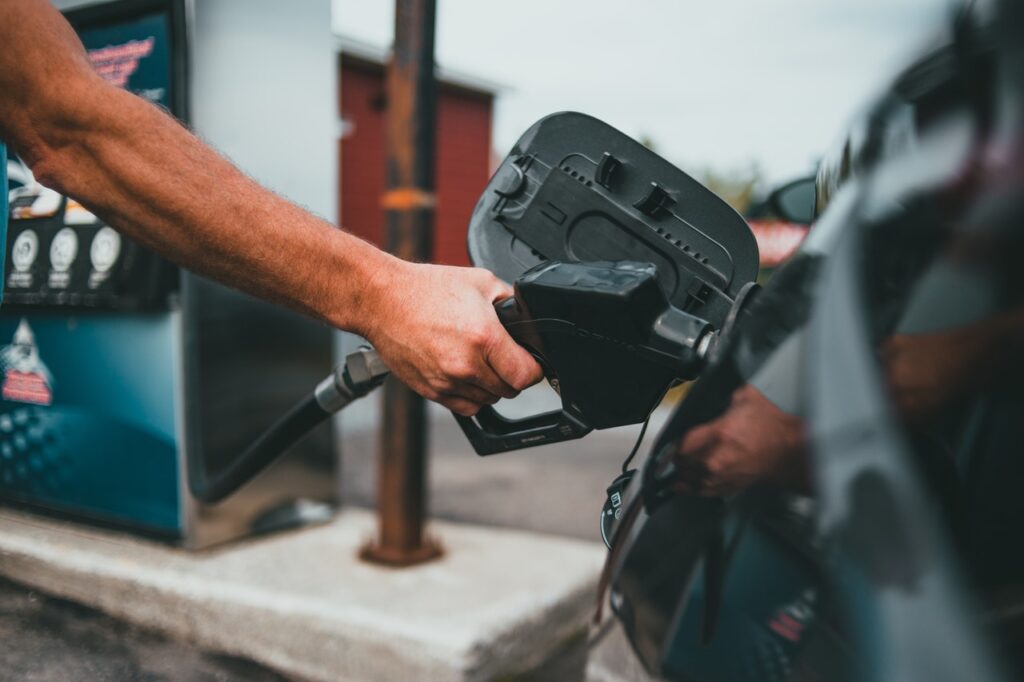*In San Mateo County, among the highest in California

Data from a recent survey by the Automobile Association of America (AAA) reveal that two-thirds of Americans felt gas prices were too expensive just a few weeks ago when they stood at $3.53 per gallon. Now, with the national average at an all-time high of more than $4, Americans may have reached a tipping point.
More than half (59 percent) said they would make changes in their driving habits or lifestyle if the cost of gasoline increased to $4 per gallon, while if gas went to $5, which it has in the western part of the country, three-quarters said they would have to adjust their lifestyle to compensate for the increase at the pump.
On Tuesday, the national average for gasoline prices is $4.316 per gallon of regular gasoline. 4,689 dollars for medium grade, 4,967 dollars for premium, and 5,119 dollars per gallon of diesel.
Such gasoline prices have shown a slight decrease compared to yesterday's prices, however, these are invisible in the pockets of residents.
The concern increases when in the state of California, gasoline prices reach records like the one on Tuesday, March 15, when the average gallon of regular gasoline is $5.750, which is more than a dollar and 40 cents above the national average.
San Mateo County has been terribly affected by the increases, since according to AAA, regular fuel reaches an average price per gallon of $5.860, while in San Francisco it reaches $5.921, and in Santa Clara, $5.785 per gallon.
Gasoline prices deal a crushing blow to the economy of families, especially when just a year ago, the average price of regular gasoline in the state had an average cost of $3.845 per gallon, which means that in just 12 months, the increase has been almost $2 per gallon.
Thus, among Americans who said they would make changes in response to higher gas prices, the majority (80 percent) said they would opt to drive less, with some differences among age groups:
People aged 18 to 34 are nearly three times more likely than those aged 35 and older to consider carpooling (29 versus 11 percent), which would likely involve major changes in their daily travel plans.
Those 35 and older are more likely to cut back on tips and errands (68 percent vs. 52 percent) and to cut back on shopping or dining out (53 percent vs. 43 percent).
While many Americans may adapt their daily habits to compensate for higher gas prices, it likely won't have as much impact on summer travel.
AAA's survey found that 52 percent of Americans plan to take a vacation this summer. Of those, 42 percent said they would not consider changing their travel plans despite gas prices.
Ripple effects of Russia's invasion of Ukraine
Since the New Year, the national average oil price has continued to rise steadily due to tight supply and increased demand. But the Russian invasion of Ukraine in late February sent fuel prices soaring even higher, and in the 14 days since the conflict began, the national average rose 0.70 cents, as of March 9.
According to AAA, these are numbers not seen at the pumps since the 2008 financial crisis, the highest on record until this week.
While the conflict continues on the other side of the world, consumers are not likely to see relief in the short term.
In light of the increases, it is suggested that the following tips be followed to help drivers alleviate these increases in gasoline prices:
- Keep your vehicle in top condition with routine inspections, and make sure your tires are properly inflated. Underinflated tires are a drag on fuel economy.
- Map out your route before you go to minimize unnecessary switchbacks and backtracking. Avoid peak traffic hours and, if possible, go to "one-stop shops" where you can multi-task (banking, shopping, etc.).
- Fuel economy peaks at around 50 mph in most cars, then drops as speed increases. Reducing highway speed by 5 to 10 mph can increase fuel economy by as much as 14 percent.
- A car engine consumes a quart to a half gallon of fuel per hour when not accelerating, but a warm engine only needs about 10 seconds of fuel to restart. Where it is safe to do so, turn off the engine if it will be stopped for more than a minute.
- Use the "fast pass" or "express" toll lanes to avoid unnecessary stops or slowdowns on the road.
- Only use premium gasoline in vehicles that recommend or require it. Paying for cheaper gasoline for a vehicle that regularly consumes premium is a waste of money and does not benefit the vehicle.
You may be interested in: Gasoline prices increase in the Bay Area


